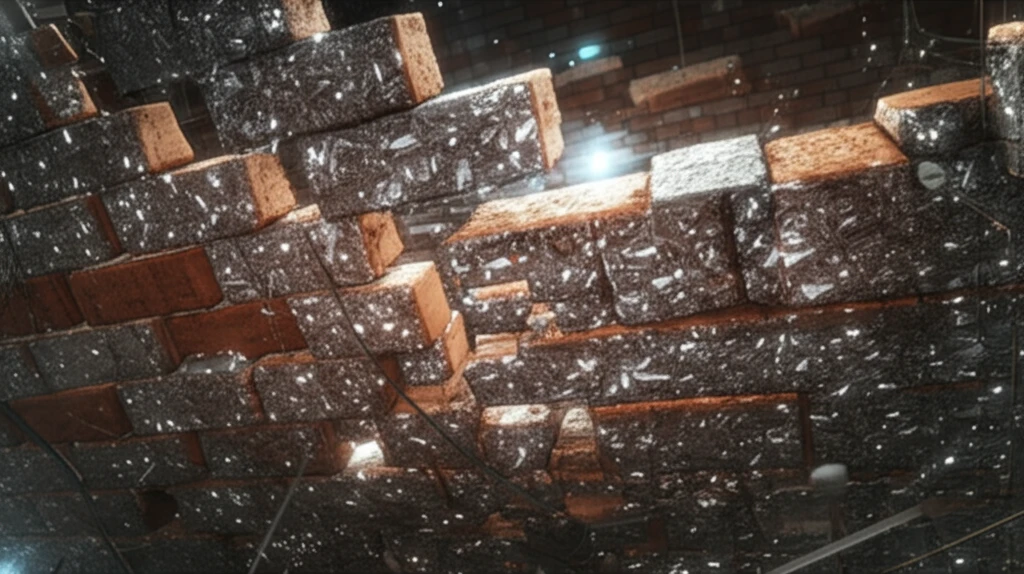
Building Better: How Mica Mineral Powder is Revolutionizing Brick Manufacturing
"Discover the cost-effective and eco-friendly way mica mineral powder improves brick quality and strength, offering sustainable solutions for the construction industry."
In today's world, we rely on various materials to meet our construction needs. Among these materials, bricks hold a significant place. Different kinds of bricks exist, each categorized by their mineral composition and use, including silica, alumina, mullite, and specialized types like lightweight or insulation bricks. As the demand for construction surges, especially in regions focused on infrastructure development, the need for high-quality and cost-effective building materials becomes crucial.
Traditional brick manufacturing involves fusing silica and alumina clay constituents, resulting in a homogeneous, hard, and strong material due to ceramic bonding. The properties of bricks, like their strength and resistance to weathering, depend on physical, chemical, and mineralogical alterations. Two critical physical properties—compressive strength and water absorption—indicate a brick's ability to withstand environmental effects without cracking.
To improve brick characteristics, additives are frequently used in production, chosen based on desired outcomes such as increased strength or reduced weight. One innovative approach involves incorporating mica mineral powder to enhance the bonding between clay components, leveraging mica's compositional similarity to raw materials traditionally used in brickmaking.
Unlock Stronger Bricks: The Benefits of Mica Mineral Powder

The study investigates using mica mineral powder as an additive to enhance industrial brick quality. Mica, sourced from an inactive mine in Shahrod, Iran, was combined with brick mortar in varying proportions. These mixtures, ranging from 0% to 15% mica powder, were shaped into bars, pressed, and sintered at 1100 °C to assess their physical and mechanical properties.
- Enhanced Physical Properties: Mica increases brick strength and reduces water absorption.
- Cost-Effective: Mica is an economical additive sourced from local mines.
- Environmental Benefits: Utilizing mica supports mine reactivation and reduces waste.
- Job Creation: Local mica usage stimulates regional employment opportunities.
The Future of Brick Manufacturing: Embracing Mica for Sustainable Solutions
The research confirms that adding mica mineral powder enhances the quality and sustainability of brick production. The amount of mica increases the bricks strength as well. By adopting mica as an additive, the construction industry can achieve better, more durable bricks while supporting local economies and promoting environmentally responsible practices. Further research and development could explore additional benefits and applications of mica in construction materials, paving the way for a more sustainable built environment.
